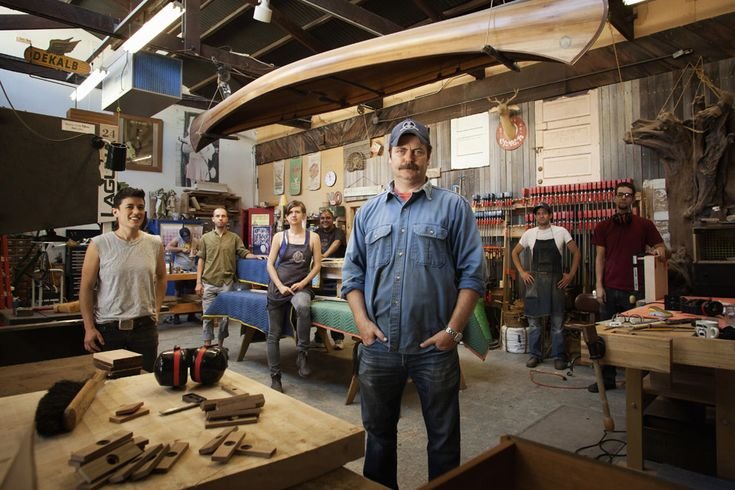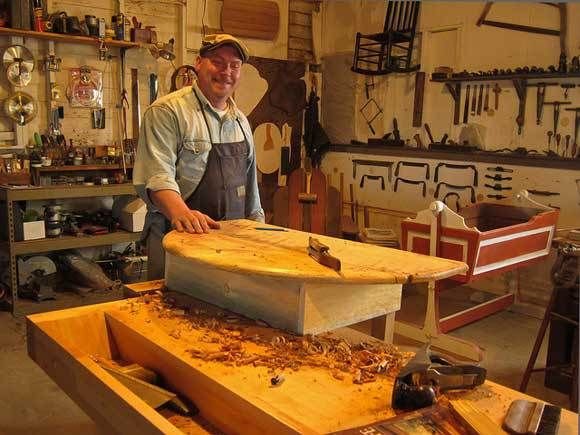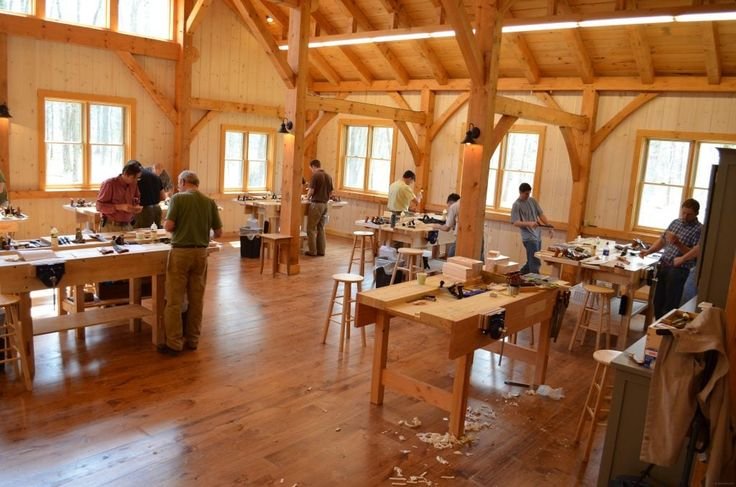The Day I Made My First Woodworking Mallet
Ah, I can still remember the smell of the sawdust mixing with the coffee I had brewing in the kitchen. It was one of those crisp early mornings—might’ve been late spring, I think—when the flowers were starting to bloom, and the birds were singing their hearts out. I was sitting at my old kitchen table, contemplating tackling a little project that had been fluttering around in my mind for a while now: making a wooden mallet.
You see, this all started because of a few mishaps with my chisel set. I’d been doing some woodworking projects in my garage, and I realized that my trusty hammer just wasn’t cutting it. I often found myself banging away with a hammer that was too heavy or too light, and I’d get those stupid glancing blows that just made everything feel wrong. So, I thought, “Why not make a mallet? How hard could it be?”
The Planning Stage — Setting Myself Up for “Failure”
At that moment, I figured it would be pretty simple—grab some wood, whittle away, and voilà! Piece of cake, right? I decided to use some scrap ash I had lying around. That wood had such a lovely smell, kind of earthy, and I just knew it would feel good in my hand. But, of course, I didn’t really think through the whole planning part. You know, the kind of thought where you decide on the grain, size, weight…
When I finally got out to the garage, it smelled like a can of sawdust exploded. I kick-started my old circular saw, a trusty Craftsman that I had saved from the back of the shed. It roared to life, and I felt that familiar rush of excitement mixed with a tinge of anxiety. You never know how it’s gonna turn out until you dive in, but my excitement nudged me to push ahead.
Cutting the Wood — Where It All Went Wrong
So, I ended up with a couple of blocks of ash that I thought would be perfect for the mallet head. About six inches wide, nice and thick. But here’s where I got cocky. I thought I could eyeball the cuts without measuring. You can probably guess what happened next. Yeah, I ended up cutting one side too short. Had to laugh at myself, really.
I could’ve thrown that wood out and called it a day, but something inside me grinned and whispered, “Find a way.” And so, I just glued the pieces back together, hoping that, somehow, the mallet would still hold up. I’m not sure if that was a lesson in persistence or just stubbornness at that point.
The Shape and the Handle — A Comedy of Errors
Once I fixed that mini-mistake, it was time to shape the mallet. I grabbed my trusty chisel set—those same ones that led me to this mallet in the first place. I swear, woodworking has a way of biting you in the butt. I chiseled away, slowly bringing the mallet’s shape to life. It was oddly therapeutic, tapping away while listening to some old jazz playing softly in the background.
But then there was this moment—a real facepalm moment—where I realized I didn’t leave enough wood around the edges. I thought I could manage it with some sanding, but the first few strokes with the planner had me worrying I might just turn this handsome piece of ash into a lopsided doorstop instead of a mallet. I had to step back, chisel down what I could, and just cross my fingers.
Piecing It Together — Success at Last!
At some point, I found myself staring at this funky ash block that looked more like modern art than a tool. But the handle? Oh boy. That was a headache. I ended up making it out of some oak, simply because I wanted to mix woods. But my eye for proportion? Not the greatest. I can’t count how many times I tried to fit that handle into the mallet head before I finally got it just right. It wobbled so badly at one point that I thought I might as well be trying to build a jigsaw puzzle in the dark.
But there was this triumphant moment when it clicked together perfectly, snug and sturdy. I almost did a little jig, right there in my dusty old garage. All that frustration turned into pure bliss as I held my homemade mallet for the first time. It felt solid in my hand and had weight behind it. I could already hear it thwacking away at the next woodworking project waiting for me.
The Test Run — The Moment of Truth
As any new woodworker will tell you, that first swing is a monumental deal. I grabbed a scrap piece of wood and raised my new mallet high. I swung down and … thwack! The sound rang out, rich and satisfying. I couldn’t help but let out a laugh; it actually worked!
Sure, it’s got its dings and imperfections, but in a way, that’s what made it mine. Each little flaw tells a story—a story of stubbornness, patience, and the pure joy of building something with my own hands.
Final Thoughts — Go for It, Seriously
So, here I am, a small-town guy with a mallet that almost wasn’t. I guess the world of woodworking is a lot like life; you take some cuts, hit some bumps, and sometimes the final product feels just right, even if it’s not what you initially envisioned. If you’re sitting there thinking about trying something like this—whether it’s a mallet, a table, or even just something small—just go for it. You might end up with a glorious mess, or you might surprise yourself.
Either way, you’ll have learned something. And who knows, a few laughs, some frustrations, and a warm cup of coffee later, you just might create something you’re genuinely proud of.









